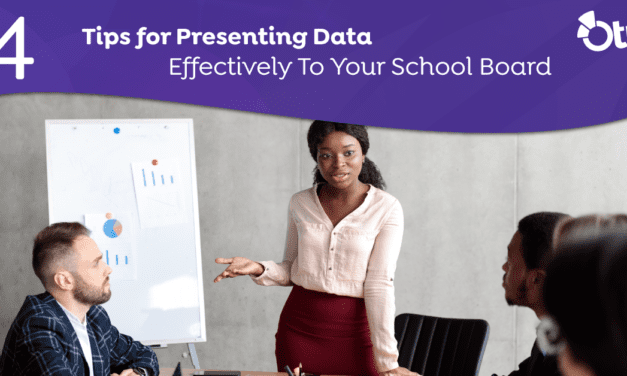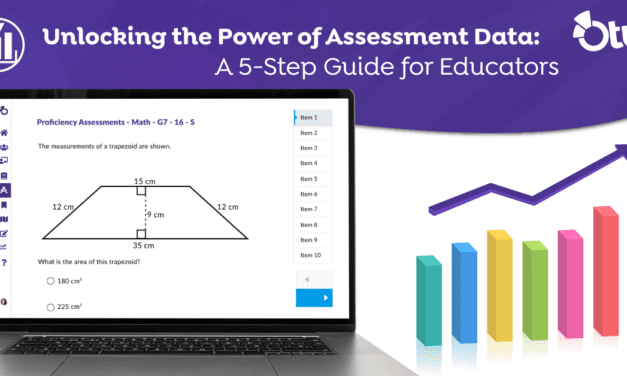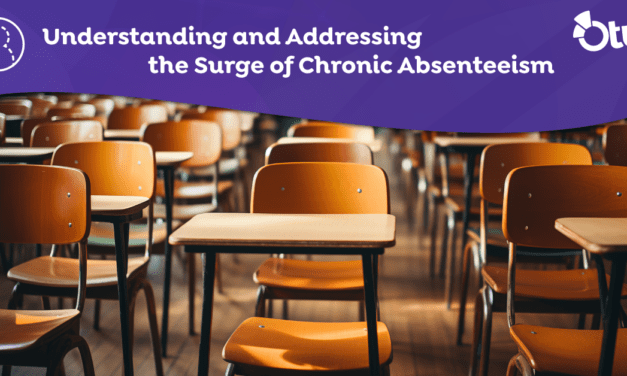Teachers who draw upon blogging as a tool for learning can develop personal learning networks (PLNs) to support students to develop writing, reading, and comprehension skills all while providing opportunities for students to analyze information, think critically, and communicate with others.1
Classroom blogs can be powerful instructional tools for any teacher. Through these short posts often linking to other content with visuals, student authors begin to develop connections among subjects while blogging and realize writing is a worthwhile skill in any field.2
So, who should blog?
- Students working on writing skills. Students are provided opportunities to practice grammar, spelling, punctuation, etc., when blogging.3
- Students working on reading skills. Students can practice reading with sufficient accuracy and fluency to support comprehension.4
- Students who think critically. Students will think critically about topics while learning to communicate information from texts about relevant subjects knowledgeably and responsibly.5

Let us explore blogging in a science classroom. As students learn about the scale and distance of both gas and terrestrial planets in the solar system, one student decides to focus on the scale and distance of the planet Mars from the Sun while another student chooses to focus on the possibility of life on the terrestrial planet of Mars.
The teacher decides to engage students in content area blogging to align learning to standards and engage students in an activity to build 21st century skills in critical thinking, communications, and measurement.4
The blog will support the educator in addressing multiple standards while simultaneously engaging students with an activity structured enough to provide clarity while giving freedom to experiment and varied enough to keep students engaged as they write for multiple purposes.5

Students write a short post on the Otus Blog summarizing their understanding of the learning objective. The teacher encourages students to comment on their classmates’ posts during the day. Encouraging peer feedback allows students to understand another point of view and think critically about information during learning. As students use evidence from informational texts to support their understanding of a chosen planet in the solar system, they are able to start a conversation about each blog post, receive feedback, read the blog posts of their peers, and provide other students feedback in return.6
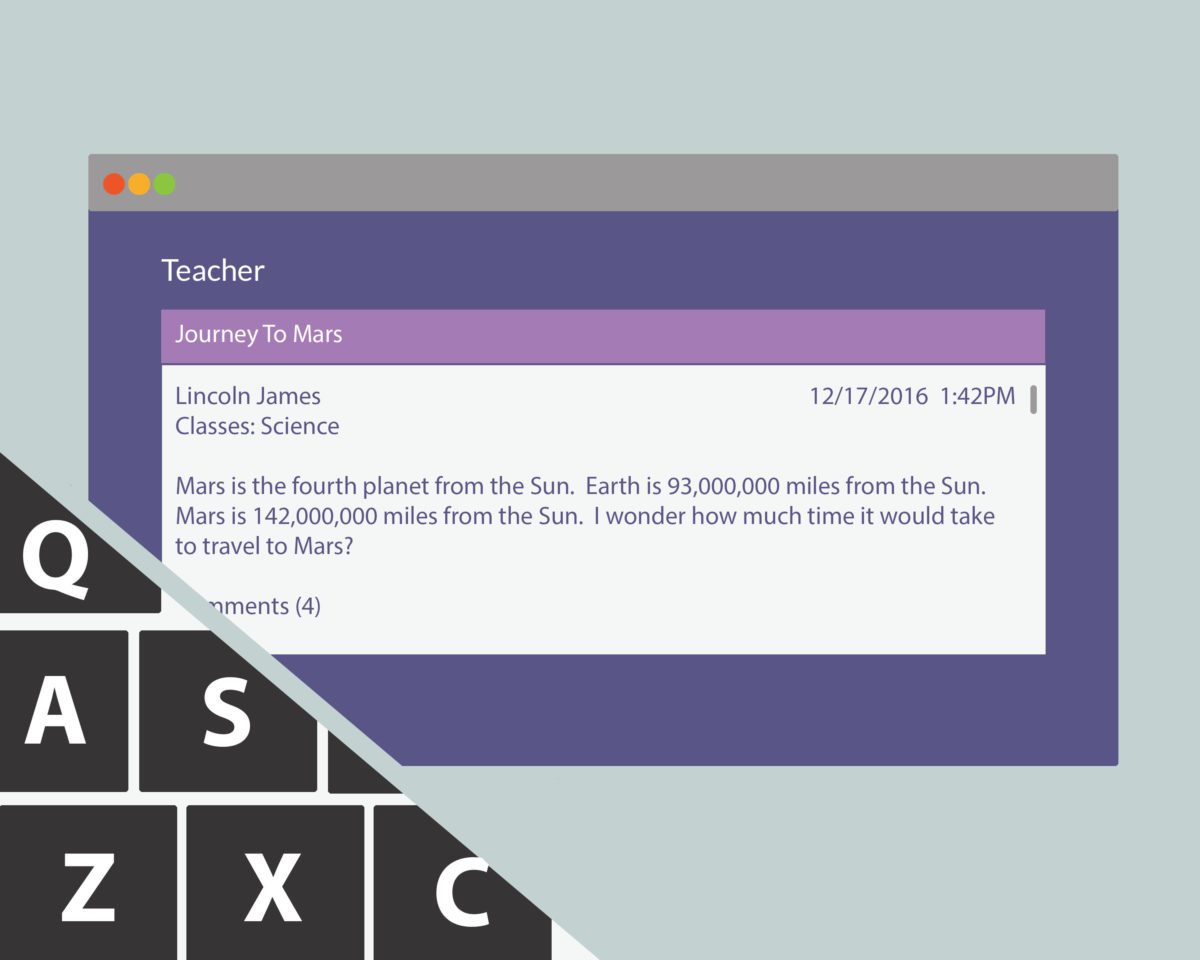
The teacher is able to review each student’s Blog post in the Class Feed. The teacher determines the student has demonstrated their understanding about the distance of Mars from the Sun; however, the learning target calls for students to demonstrate their understanding of the scale and distance of a planet in the solar system.
The teacher is able to steer the student in a new direction and share an instructional resource to the student’s Bookshelf in Otus. The Otus Bookshelf allows teachers to share instructional resources instantly. The teacher is able to find a detailed fact resource about Mars on a major space agency’s website providing the student with informational text about the relative size, mass, volume, and density of the planet.
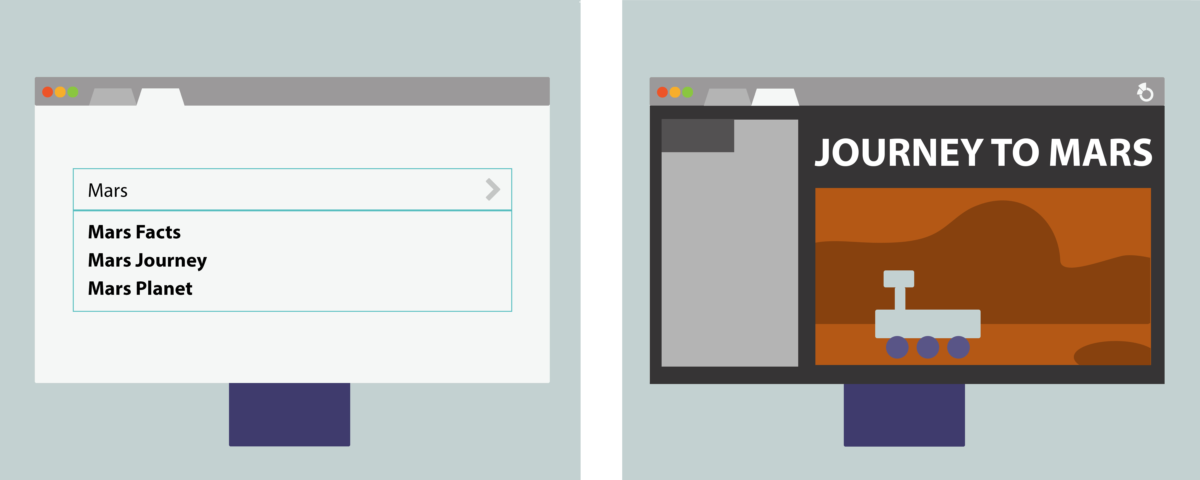
The teacher is able to add the targeted instructional resource to the student’s Otus Bookshelf using the Otus Google Chrome Extension. As educators search for instructional resources on the web, they can capture any resource and add it their Otus Bookshelf with one click.
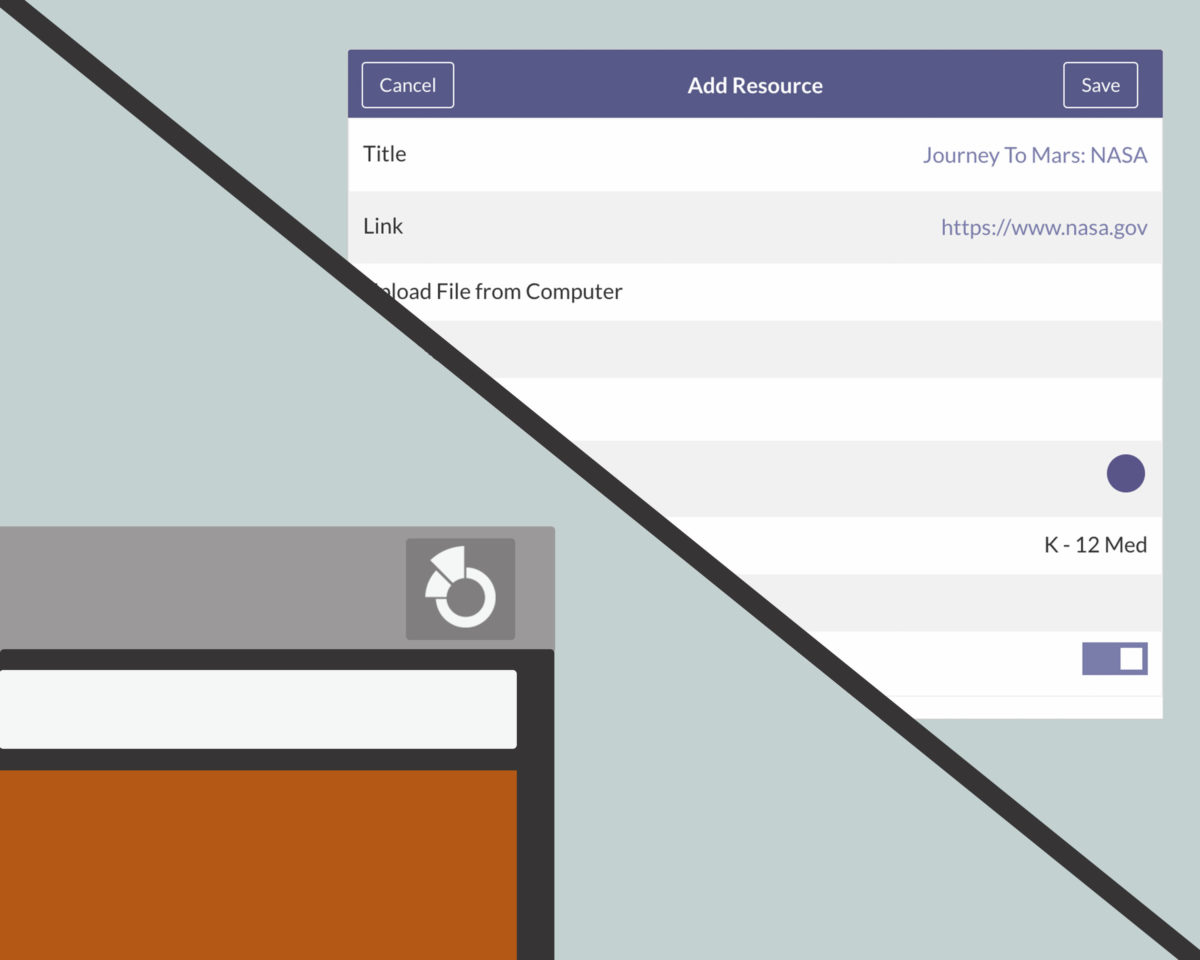
Bookshelf resources can then be assigned to entire classes, groups of flagged students, or individual students to personalize instruction.
As the teacher reviews each Blog post, they are able to gain insight into the level of understanding demonstrated by each student and their post related to the learning standards and objectives. The teacher can add comments to any Blog post and inform the student of shared and targeted instructional resources available on the Otus Bookshelf. The student is able to review the Bookshelf resource and revise their original post with evidence now supporting the scale and distance of Mars in the solar system.

As students engage in content area blogging, they will be able to practice writing, reading, and communication skills to prepare them for college, career, and beyond. By make connections to curricular content with blogging, students will think critically about topics and expand their personal learning networks while experiencing organized, safe, and consistent learning with technology and blogging.
References
1. Lisa Zawilinski, “HOT Blogging: A Framework for Blogging to Promote Higher Order Thinking,” The Reading Teacher 62, no. 8 (2009): 650-61, http://www.jstor.org/stable/20486620.
2. Lisa Parisi and Brian Crosby, Making Connections with Blogging: Authentic Learning for Today’s Classrooms (Eugene, OR: International Society for Technology in Education, 2012) and Michelle Lampinin, “Blogging in the 21st Century Classroom,” Edutopia’s Technology Integration (blog), April 8, 2013, https://www.edutopia.org/blog/blogging-in-21st-century-classroom-michelle-lampinen.
3. Parisi and Crosby, Making Connections with Blogging, and Common Core State Standards Initiative, accessed Feb. 17, 2017, http://www.corestandards.org.
4. “Solar System Scale and Size,” accessed Feb. 17, 2017, Mars Education, Arizona State University, https://marsed.mars.asu.edu/solar-system-scale-and-size.
5. Lampinin, “Blogging in the 21st Century Classroom.”
6. Parisi and Crosby, Making Connections with Blogging.


